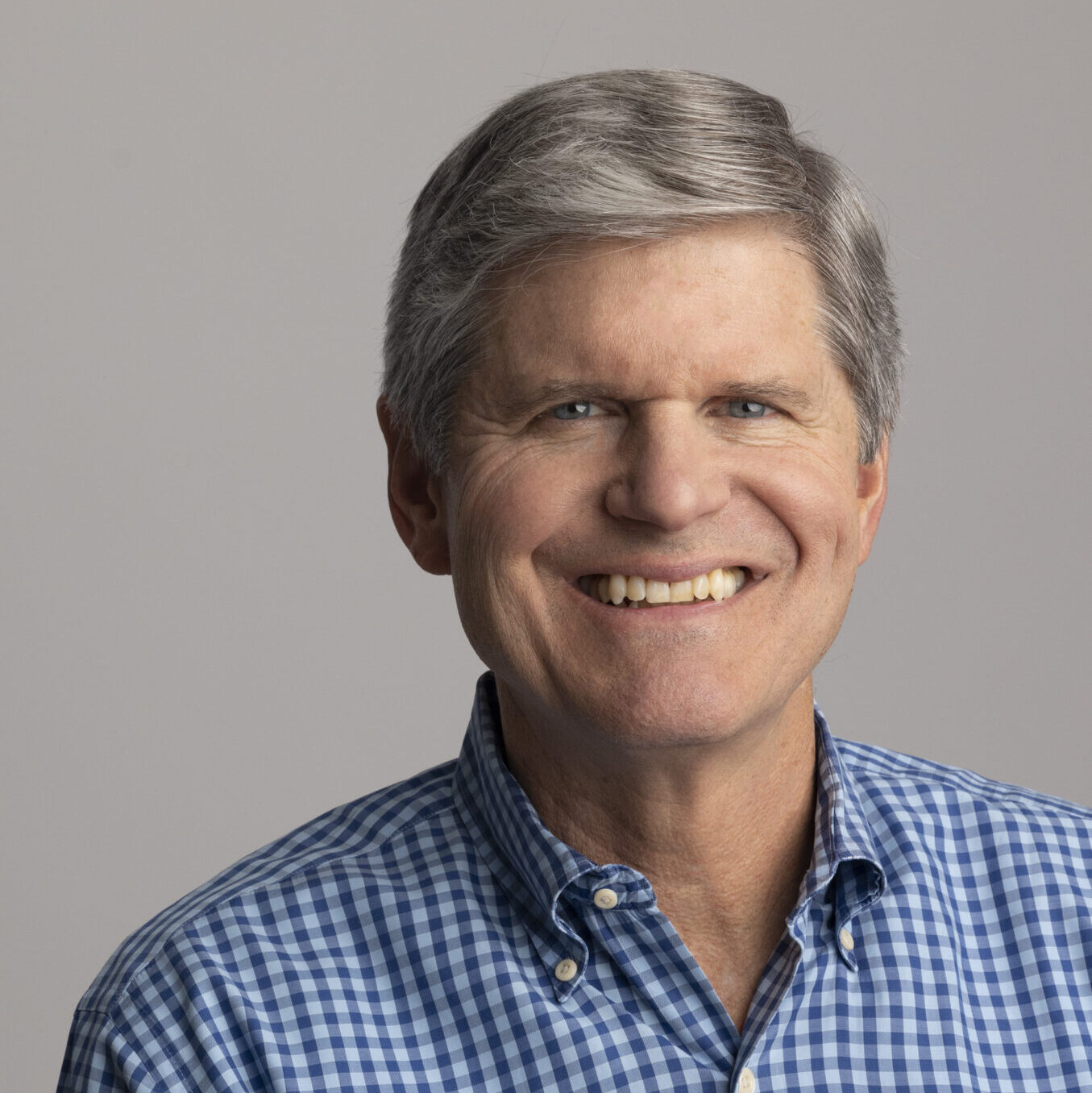DEI – diversity, equity, and inclusion – is widely discussed today in executive suites, boardrooms, and investment firms. And it’s not an issue for only large enterprises. Start-ups and rapidly scaling companies are also trying to figure out how they can adopt DEI best practices. But how do they go about it? Can they learn anything from how enterprises are implementing it? And, more broadly, how do companies of all sizes avoid having their DEI efforts amount to tokenism?
To answer these and related questions, I held a virtual fireside chat for CEOs from some of our portfolio companies where I spoke with two executives who walk the talk when it comes to DEI:
- Leslie Stretch (below left), President and CEO of Medallia, a SaaS-based provider of solutions for managing and improving the experience of customers, employees, and citizens. Previously, he was President and CEO of CallidusCloud and held senior positions at Oracle and Sun Microsystems.
- James White (below right), who has more than 30 years of experience as a corporate leader, board member, and advocate for diversity and equity. He is the former Chair, President and CEO of Jamba Juice and has held senior executive roles at Safeway, Gillette, Nestle-Purina, and Coca-Cola. He has served on more than a dozen public or private boards and is the author of “Anti-Racist Leadership: How to Transform Corporate Culture in a Race-Conscious World.”
Here are some of James and Leslie’s key points from our discussion.
Diversity in hiring makes good business sense
LS: The business case for a totally blind, diverse recruitment push is a no-brainer. If you don’t get it, you’re dense and you shouldn’t be in business. The demographics are against us if we think we can continue to recruit people just like us. We’re missing out on huge quantities of fabulous talent. If your lens isn’t completely blind and broad, you’re going to miss 2/3 of the potential candidates.
On my first day at Medallia in 2018, I stood in front of an all-hands meeting; it was not a diverse group. That didn’t feel right, and I told them so. My concern was that if we didn’t look blindly for talent everywhere we can, we would never become an escape-velocity company. And that would negatively impact our ability to deliver on a promise I made at that meeting: to go public in 18 months (we went out in 11).
“My concern was that if we didn’t look blindly for talent everywhere we can, we would never become an escape-velocity company” – Leslie Stretch
JW: The issue of race is one of the most intractable problems in our history. If we can create more inclusiveness and access for Black Americans, it’s going to lift all boats. This is not a zero-sum game. This is about building a better company. From a selfish, capitalist perspective the best leaders view diversity in hiring as a competitive advantage. They’re going to be able to win the battles for talent.
LS: We don’t do this to tick a box. We do it to tap into a talent pool way bigger than our historic talent pool, which initially was focused on growing a business in Silicon Valley.
“The issue of race is one of the most intractable problems in our history. If we can create more inclusiveness and access for Black Americans, it’s going to lift all boats. This is not a zero-sum game.” – James White
If it’s important, it must be measured
LS: Nothing you say will matter if you don’t change incentives. So, we told our executives that in two years they had to move from Blacks being 1 percent of our workforce to 13 percent, which is the national average for Black representation in the workplace. And if they didn’t meet that goal, they would get no equity in the company. (Our goal in year 1 was 6 percent and we hit 7 percent. Today, we’re still a little short of the 13 percent goal.)
JW: When I heard that Leslie had done that, I sent him a note of congratulations. He then invited me to speak about my experiences as a Black executive to a 1,000-person meeting at Medallia, which started a relationship that led to my joining the company’s board.
“We don’t do this to tick a box. We do it to tap into a talent pool way bigger than our historic talent pool.” – Leslie Stretch
DEI can’t be separated from culture … and culture starts with the CEO
JW: You can’t separate DEI from the culture of the company. It has to be part of the values and strategy. You have to bake it into the core processes. And the CEO owns the company’s culture. I’ve been so impressed that for Leslie, building a more inclusive company is part and parcel of culture. Leslie doesn’t delegate this work; he leads the work.
After the George Floyd moment, Leslie made this a priority – in the boardroom, in the company, and outside the company. He asked me to be a resource to Blacks at Medallia, but Leslie is the executive sponsor for that group. (He’s also the executive sponsor for the LGBTQ+ group.)
“You can’t separate DEI from the culture of the company. And the CEO owns the company’s culture.” – James White
LS: People have to see leaders who look like them. They need visible examples of a commitment to diversity. Soon after I arrived at Medallia I hired two senior leaders who are Black, and the value they have added to the business is clear and compelling. In Alabama, we established a call center and hired 200 local people – talented, qualified people with track records. It’s been very successful for us.
Not everyone will agree … but don’t let that deter you
LS: There will always be pockets of people who won’t agree with this. They want to go back to life as it was but will never be again. Our leadership team was totally behind our diversity effort. But the farther away you get from headquarters, the more questions and doubts you’ll hear. You have to recognize that and handle it sensitively. But I don’t have the time and energy to convince every skeptic. Hopefully, they’ll stay and see the results.
Hire for potential … but be careful how you evaluate it
LS: Potential is a key factor in recruitment for small companies. I hear a lot of executives say, “I’m going to hire the best X there is.” Well, if you’re a small company, that just isn’t going to happen. You’re either going to get a mediocre talent or one with high potential.
JW: I look at potential through the lens of my own experience. During the early years of my career, I was never promoted based on my potential. I had to prove myself time and time again.
LS: Hiring for potential is important, but it can be deceptive. People who hire on potential see traits of themselves in the persons they are interviewing, and that often means they see only through the narrow lens of their own experience. So, the danger is that the person with potential could look very much like yourself. That’s what you’ve got to watch out for. You have to look at people through a much broader lens.
Final thoughts
JW: If something really matters to the company, then you can’t delegate it. You have to own it, lead it, measure it, and compensate people for it. The best CEOs are going to take a stand on this issue and in doing so they’re going to advantage of themselves and their companies.
LS: This isn’t hard. There are tons of resources and help available. You just have to make the commitment and put the mechanisms in place. We changed our recruiting sources. We changed our hiring model. We enlisted many partners.
Established, mature companies are still grappling with this issue. But small and scaling companies have a great opportunity to do this from the beginning.




